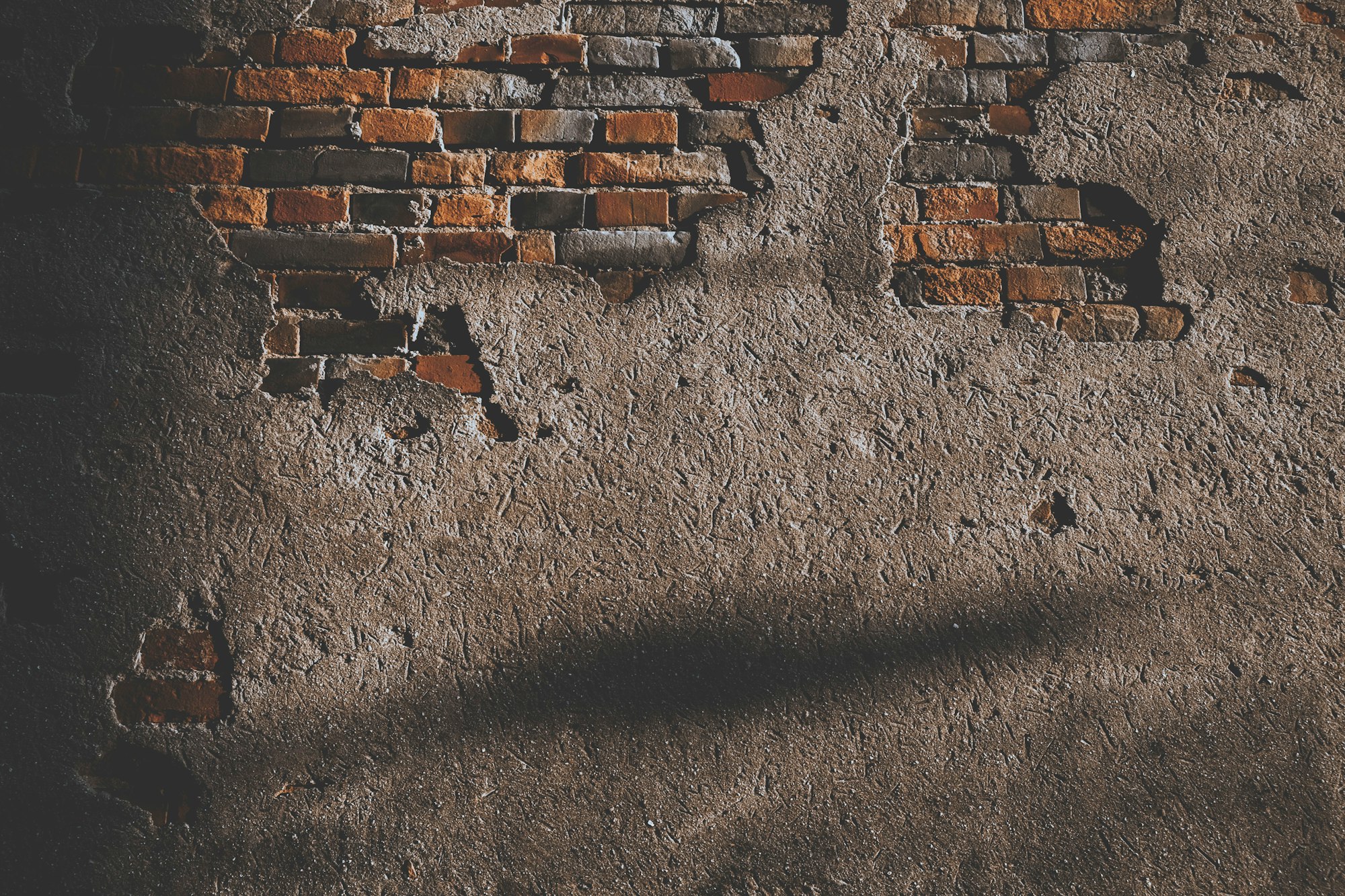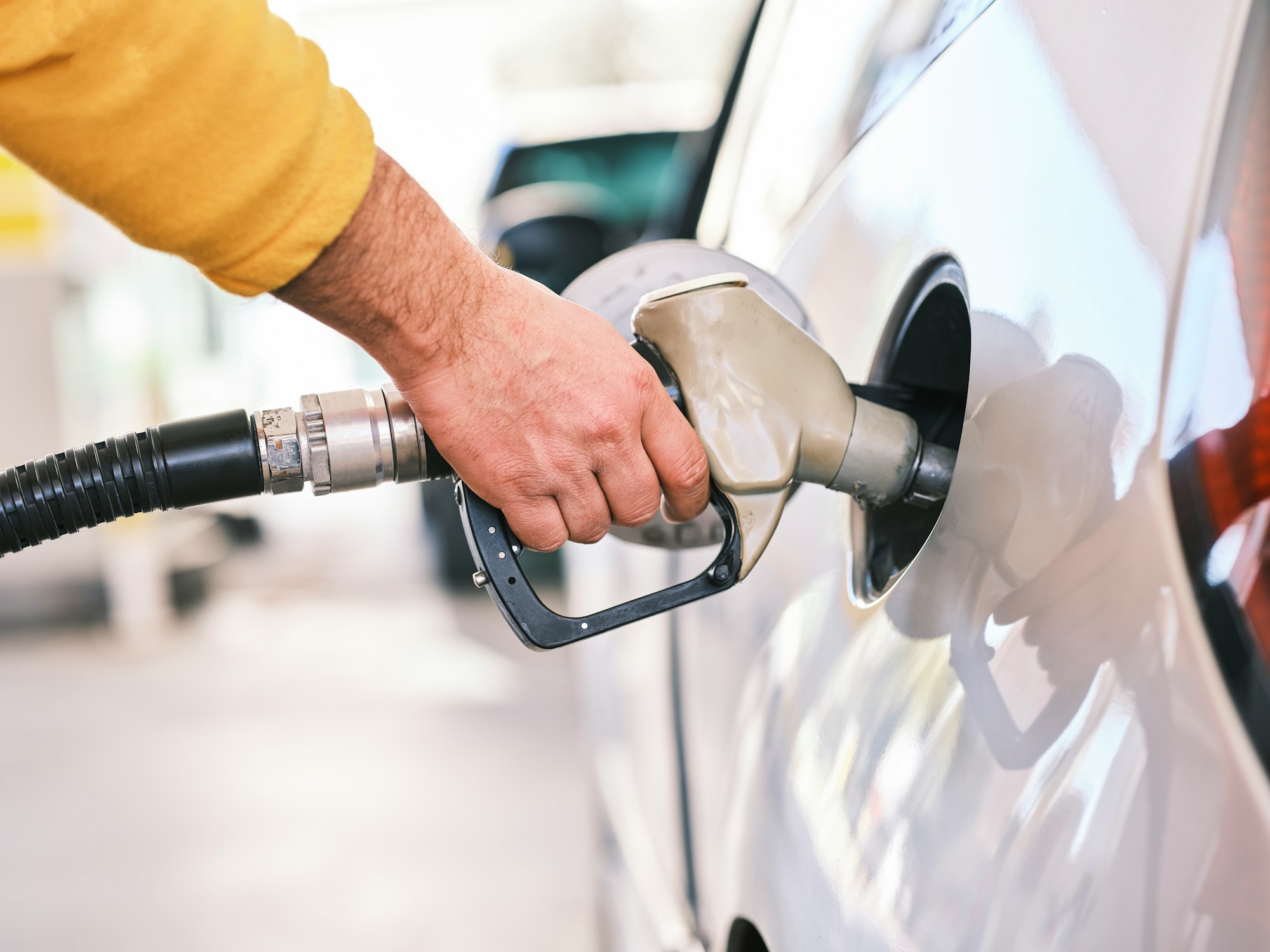What is "The Wall" in Marathons & Ultras?
A breakdown of what "The Wall" is, how you can avoid hitting it and how to keep going if you do.

Plenty of folk talk about this horrific state you can hit when doing your first marathon, an unexpected occurrence that knocks you for six and tests your ability to push through pain.
Folk talk about it feeling like "running on empty", "having nothing left" and a finding that their mood has slipped firmly into the negative.
It's known as "The Wall" and learning about it can help a good deal when it come to fuelling for distance events.
What is "The Wall"?

As you eat food your body converts the carbohydrates you consume into glucose, which is then stored as glycogen inside your liver and muscles.
When exercising your body burns a mixture of glucose (from carbs) and fat, with a strong preference to burning glucose during medium to high intensity aerobic exercise like running.
This is because glucose is a more efficient fuel for your body to burn; it's easier to power your muscles when burning converted carbs. Fat on the other hand is harder for your body to burn, and it generally only burns more fat during lower intensities (think walking or super slow jogging).
Your body typically stores about 2,000 calories of glucose in the glycogen stores, which for most folk during a long distance event would run out around 2-3 hours in, or around 28-32 km (it is very subjective and dependent on lots of factors like fitness, training, pace and body type).
"The Wall" then is simply your body running out of that easy to burn, readily available glucose, and being forced to switch to predominantly burning fat.
This isn't a state your body wants to be in: those fat stores are, historically speaking, there to help you survive when food is less readily available. Your ability to quickly run away from danger is also compromised now your are using a less efficient fuel source. So our bodies have evolved to let us know, in no uncertain terms, that you should absolutely stop doing what you are doing right now and go eat some pizza.
Hence the horrid wall, the negative thoughts and feeling of running on empty.
How Can I Stop Hitting The Wall?
Training

One of the key aspects of marathon and ultra training is the long run. This is not only to train your legs to run further, but also helps train your gut and body to consume and process glucose more efficiently.
Training also helps by reducing the amount of calories you need to burn for a given distance. The fitter you are, the less fuel your body needs to move.
Eat!

This is why all those fancy sports gels and drinks are so focused on carbohydrates, and why a lot of ultra runners look like they've brought a sweet shop with them. The more glucose you can replenish as you run the better, as it allows your body to continue rebuilding those glycogen stores during the race and pushes that wall further back.
Aim for 60-90g of carbs (roughly 200-300 calories) an hour to replenish as much as you can without overloading your stomach. Definitely test this during training; I've found I can comfortably take on 60g/h, but 90g/h makes me feel rather ill!
Drink!

It's important to stay hydrated, both with water and electrolytes. Why? Because when you are dehydrated your stomach stops functioning correctly, and you will struggle to digest the food you need to fuel your body.
Most folks need 500-700mg of salts per hour when running, I'd suggest starting with 500mg from a combination of sources (salt tablets, dissolvable drinking tablets, food, chews) bearing in mind lots of gels also have electrolytes so read the packaging. This is different for each person and changes when the weather gets hotter so definitely practice it!
Dang, I've Hit The Wall, What Now?

Restocking your glucose levels whilst running is a losing battle. Up to marathon distances it is possible to complete without hitting the wall by training and fuelling properly, however when you start talking about ultra distances we have to accept that your stomach simply can't process enough carbohydrates to restock your stores whilst running.
Eventually, they will run out.
Eventually, you will hit the wall.
So what do we do when that happens?
Keep Eating
Keep putting those carbs in. Food == Mood, and as you fuel your body will at least be able to boost your glucose up again and perk you up.
I often find I'll hit a wall, slow pace and go through a dark spot, then recover and hit a second wind after my body has been able to work through some more food.
Reduced Pace
The slower your pace, the more fat your body will burn over glucose. In long distance events it's totally fine (expected even) to have walking breaks, it gives your body a chance to process your food and rebuild though stores. Stops in aid stations, a chilled section where you mainly walk, these are great ways to push that wall back and recover.
Positive Mental Attitude
You're burning fat now, your body hates it. But do you know what? Your muscles will still work, you can still run, and the majority of us have plenty of calories stored up as fat cells ready to rock.
Fight that feeling the wall presents you with, Courtney Dauwalter calls it "digging in the pain cave" (Podcast episode) and rightly argues that mindset..is..everything.
Stop thinking of the distance remaining, and instead focus in on smaller targets: I'll get to that next gate, I'll get to the next aid station, give yourself things to distract you from that feeling, play music, sing at full volume, look at the scenery.
